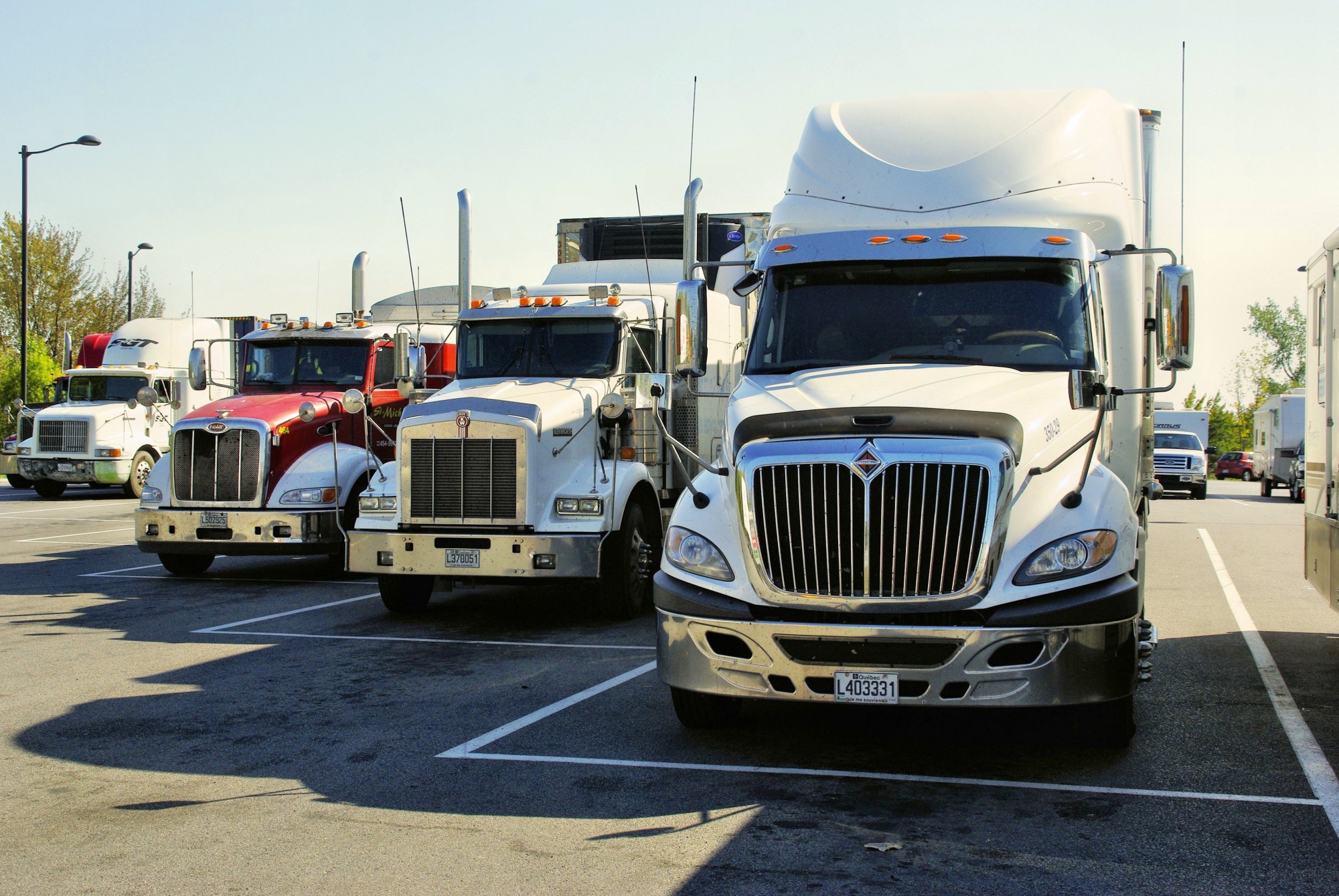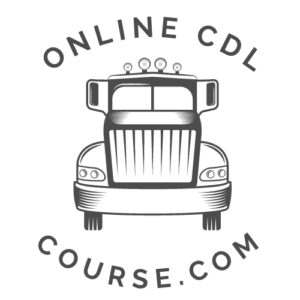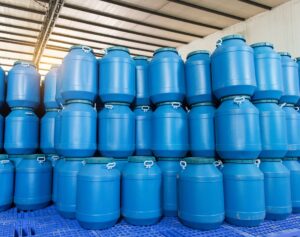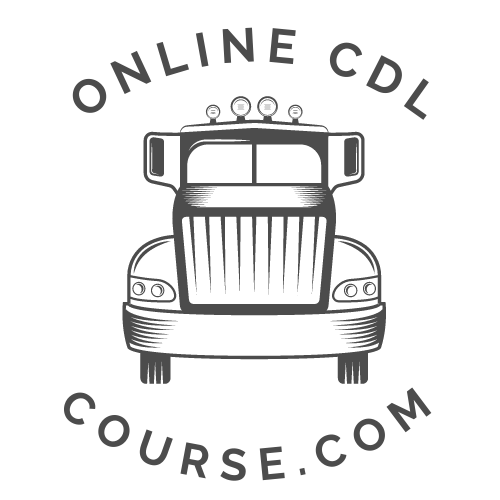A commercial driver’s license (CDL) can be a useful tool if you are looking to expand your business or start a new career. In fact, there will be another 90,000 jobs that require a CDL opening up between 2021 and 2031, in addition to the almost 260,000 that now exist. There are many different types of CDL licenses. It is important to understand the requirements for each and what operations they permit you to undertake.
This article covers the parameters and requirements of different truck driving licenses. It will help you decide which one is right for your career goals. Keep reading to find out more.
What Is a Commercial Driver’s License?
A commercial driver’s License (CDL) is required for operating commercial motor vehicles. These include semi-trucks, tractor-trailers, passenger buses, and dump trucks. It also pertains to passenger vans and buses that transport large numbers of people.
Regardless of the type of CDL class you seek, they all have some basic requirements. For instance, you must be 18 years old to receive the certification and at least 21 to drive between states.
Some jurisdictions have other requirements. For instance, many states mandate that you be a resident for a specified duration. They also might demand that you submit to a medical examination.
It is important to understand specific requirements for where you live and the type of vehicles you wish to operate. If you currently work for a trucking company, they may be able to point you to this information. If not, you should be able to find it on the state’s official department of motor vehicles website.
Types of CDL Licenses
There are many different types of CDL licenses. Here are the main classes, their requirements, and the kinds of vehicles they permit you to operate.
Class C
You need a Class C license if you wish to operate vehicles designed to transport 16 or more passengers (this includes the driver). A Class C CDL also allows you to operate smaller utility vehicles, such as passenger vans and those that transport hazardous materials (see “Endorsements” section below for more specifics).
Class B
A Class B CDL license allows you to operate a vehicle with a gross vehicle weight rating (GVWR) greater than 26,000 pounds. It also allows you to operate a vehicle towing a trailer with a GVWR under 10,000 pounds. If you have a Class B license, you can also operate Class C vehicles, such as small passenger vans.
Some examples of vehicles that a Class B license allows you to operate include dump trucks, straight trucks, and box trucks. These include many delivery trucks, such as couriers and furniture transport vehicles as well. You also can operate some buses (with the proper endorsements), including city and school buses, as well as segmented buses.
Class A
Like with a Class B CDL, a Class A license allows you to operate vehicles with a total GVWR of more than 26,000 pounds. The difference from the Class B license is that Class A also allows you to tow trailers that have a GVWR greater than 10,000 pounds.
With a Class A CDL, you can operate all vehicles that Class B and Class C licenses permit you to drive. Examples of those that you can drive with only a Class A license include tanker trucks, tractor-trailers, and semi-trucks. Many larger livestock carriers, as well as double and triple trailers, require a Class A certification as well.
Endorsements
Beyond the main classes of CDL certification, you can seek endorsements for operating vehicles that are not covered under a specific permit. In most states, you can combine these with basic CDL permits or seek them separately.
Note that you need the corresponding Class A, B, or C certification to be able to operate the vehicle based on its size. The endorsement allows you to drive a specific type of vehicle.
For instance, tank vehicles that haul liquid freight, such as water, milk, gas, or chemicals warrant a special endorsement. Due to its potentially dangerous nature, Hazmat truck drivers also need a special demarcation. This endorsement can often be combined with the tanker certification, since hazardous materials are often transported by tanker trucks.
Some locations require a special endorsement for transporting large numbers of people. For this reason, passenger vehicles and school buses also have their own endorsements you can seek for operating these vehicles.
How to Get a CDL Certification
There are four main steps to getting a CDL certification. The first is education.
There is a federal requirement that you must complete an Entry Level Driver’s Training (ELDT) course for Class A and B certification, as well as for passenger, school bus, and hazmat endorsements. These rely on experts to ensure that you understand the information and will pass the examinations without issue.
Next, you will apply for a CDL permit. This is handled by your state’s department of motor vehicles.
Like other driving permits, this is a trial period that allows you to operate specific class vehicles under supervision. It also allows you to complete behind-the-wheel ELDT training and examinations which are mandatory for Class A, Class B, passenger, and school bus certifications (though not hazmat).
The final step in the process is taking your CDL driving test. This assesses your knowledge of driving laws and techniques, such as braking and backing. It also ensures you know how to deal with inclement weather or hazardous road conditions.
Find CDL Training Near You
Now that you understand the different types of CDL licenses and the processes involved in attaining them, you can determine which one is right for your career goals. With a little bit of training and effort, you will be certified to operate commercial vehicles safely and effectively.
OnlineCDLCourse.com provides you with all the ELDT theory courses necessary to obtain a Class A or Class B CDL, as well as special endorsements like hazardous materials, passenger bus, and school buses. We will also help you find an approved training provider for ELDT behind-the-wheel training, which must be completed prior to obtaining a CDL. Sign up today or reach out to us to learn more.









